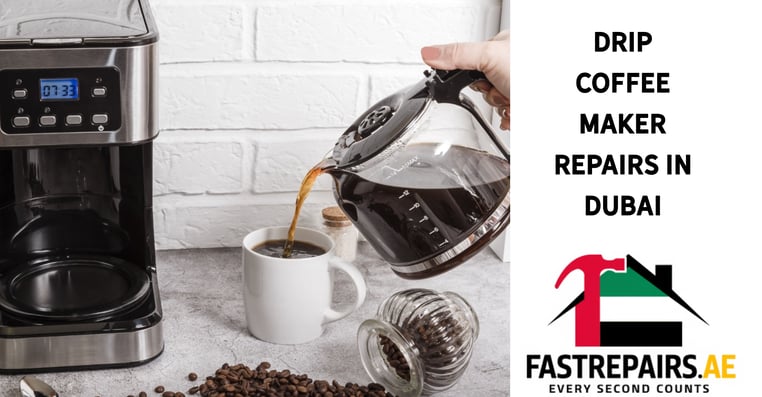Drip Coffee Repairs in Dubai | Fix Brewing & Warming Plate
Fast drip coffee maker repairs in Dubai. Fix leaks, clogs, and heating element failures.
REPAIRS
3/30/20258 min read
Common Issues Faced by Coffee Makers in Dubai
Drip coffee makers are cherished for their convenience and ability to brew a fresh pot of coffee easily. However, those in Dubai often encounter specific challenges that can hinder their daily coffee rituals. One prominent issue is the impact of hard water prevalent in the region, which can lead to limescale buildup. This mineral accumulation can affect various components of the coffee maker, reducing its efficiency and brewing quality.
One of the most common problems users face is brewing malfunctions. This can manifest in several ways, such as insufficient water being dispensed or the coffee not being brewed at the proper temperature. These issues may arise from the buildup of limescale within the internal components, which can impede normal water flow. If not addressed, these malfunctions can lead to a frustrating coffee experience, adversely affecting the daily routine of coffee lovers.
Additionally, warming plate failures are another concern. The warming plate is designed to keep brewed coffee at the right temperature; however, limescale buildup can also affect its performance. If the warming plate does not heat properly, consumers may find their coffee lukewarm or cold, diminishing the pleasure of enjoying a freshly brewed cup.
Leaks can also plague drip coffee makers, often stemming from worn-out seals or gaskets, exacerbated by the harsh water conditions in Dubai. These leaks can waste coffee, create messes, and ultimately require repairs that may interrupt the routine of avid coffee drinkers. Understanding these common issues can empower users to take preventive measures, such as regular descaling, ensuring their coffee makers continue to function effectively.
Understanding Limescale Buildup and Its Impact
Limescale buildup is a prevalent issue that affects drip coffee makers, especially in regions with hard water, such as Dubai. Hard water contains high concentrations of minerals, primarily calcium and magnesium, which precipitate over time as limescale. This accumulation can significantly impact the performance and longevity of coffee machines. As limescale deposits form within the heating element and water pathways, they impede water flow and hinder temperature regulation, crucial factors in brewing optimal coffee.
When limescale accumulates in a drip coffee maker, it can lead to brewing inconsistencies. For instance, the presence of limescale may cause water to heat unevenly, which in turn affects the extraction of flavors and aromas from the coffee grounds. This inconsistency can result in a cup of coffee that lacks the necessary richness and complexity, disappointing even the most discerning coffee enthusiasts. Additionally, the blockage of water pathways can lead to prolonged brewing times, making the process less efficient and inconvenient.
Beyond affecting the taste and efficiency of coffee brewing, limescale buildup can also lead to functional issues. It may cause the machine to overheat, which can potentially damage internal components, resulting in costly repairs or a complete machine failure. Routine maintenance, including descaling, becomes essential to prevent such issues from arising. Failure to address limescale buildup not only compromises the quality of coffee but also reduces the lifespan of the coffee maker.
Thus, understanding the implications of limescale buildup in drip coffee makers is critical for coffee aficionados in Dubai. Regular maintenance and cleaning are key to ensuring that coffee makers consistently deliver high-quality brews, allowing users to savor every cup to its fullest potential.
DIY Troubleshooting Tips for Brew Malfunctions
When encountering issues with your drip coffee maker, following a few troubleshooting steps can help you identify and resolve common brewing problems without the need for professional intervention. One of the first steps to consider is checking the water levels in the reservoir, as insufficient water can lead to weak or incomplete brewing. If the water tank is not filled to the appropriate marker, it is essential to refill it to ensure optimal performance.
Next, examine the coffee grounds. Using too fine a grind can lead to clogging, while too coarse a grind may result in weak coffee. It is advisable to use a medium grind for drip coffee makers, which typically yields the best flavor extraction. Additionally, ensure that the coffee filter is appropriately placed and not overloaded with grounds, as this can affect the flow of water and brewing efficiency.
Another common issue is the buildup of mineral deposits in the machine due to hard water. Regular descaling can prevent this problem, thus maintaining the machine's functionality and prolonging its lifespan. You can utilize a mixture of equal parts vinegar and water to clean the water reservoir and brew cycle, followed by a few cycles with just water to eliminate any residual taste.
Furthermore, check the machine's assembly to ensure all parts are correctly aligned. Loose or incorrectly placed components can interrupt the brewing process, impacting both the quality and quantity of the coffee produced. Pay special attention to the carafe and its lid, as improper seating might also affect brewing.
Lastly, if your coffee maker is unresponsive, try resetting it by unplugging the machine for a few minutes. This simple reset may restore functionality to your appliance. By following these troubleshooting tips, coffee enthusiasts can effectively diagnose and remedy minor brewing malfunctions before seeking professional help.
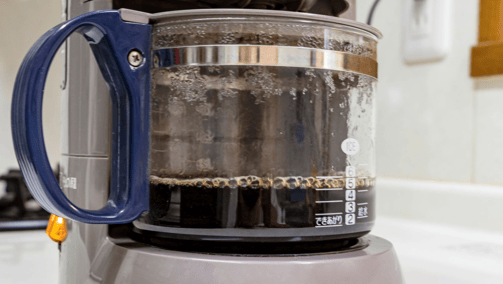

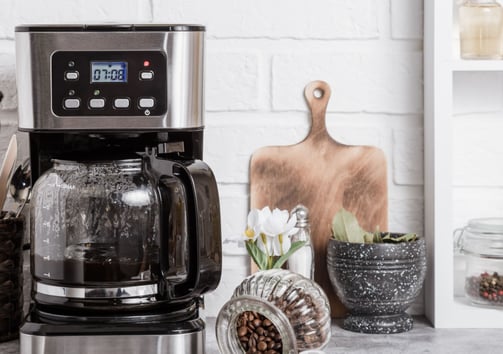

Descaling Methods for Optimal Performance
Maintaining your drip coffee maker's efficiency requires regular descaling to prevent mineral buildup from hard water. Over time, calcium and lime deposits can compromise the machine's performance, leading to slower brewing times and off-flavored coffee. Implementing effective descaling methods ensures your coffee maker functions optimally and prolongs its lifespan.
One popular homemade solution for descaling is a mixture of equal parts water and white vinegar. This natural option is economical and easily accessible, making it a suitable choice for regular maintenance. To use this method, simply fill the water reservoir of the coffee maker with the vinegar solution and run a brewing cycle without coffee grounds. After completing the cycle, it is crucial to run two additional cycles with clean water to eliminate any residual vinegar taste.
Another effective homemade alternative is to use citric acid. By dissolving one to two tablespoons of citric acid in a full water reservoir, you can create an efficient descaling solution. Similar to the vinegar method, run the coffee maker through a brewing cycle and follow up with clean water cycles to ensure thorough rinsing. Citric acid is beneficial for descaling due to its natural ability to dissolve mineral buildup while leaving no unwanted flavors behind.
For those who prefer a more commercial approach, several products are available specifically designed for descaling coffee machines. These commercial descalers often utilize food-safe acids that target mineral deposits effectively. Be sure to read the manufacturer's instructions for the appropriate usage, typically involving diluting the descaler in water and running it through the machine just like a homemade solution.
Incorporating descaling into your regular upkeep schedule can prevent severe malfunctions and costly repairs, thus preserving your coffee maker's performance and enhancing your coffee experience.
When to Seek Professional Help
While attempting to troubleshoot and repair your drip coffee maker can be a rewarding endeavor, there are instances when it becomes evident that professional help is necessary. Recognizing these indicators early can save both time and potential further damage to the machine. One of the primary signs that you should consult a professional is persistent leakage. If water is seeping from the body of the coffee maker or the carafe, despite tight seals and correct assembly, this may point to a more significant internal issue that could require specialized tools and expertise.
Additionally, if your coffee maker fails to heat water to the required temperature, it may indicate a faulty heating element or thermoregulator. Such problems necessitate professional assessment since they can pose safety hazards, including the risk of electrical shock or fire. Ignoring these signs can lead to not only an inoperable machine but also create potential dangers in your kitchen environment.
Unusual noises during operation can also signal underlying issues. Grinding, rattling, or popping sounds can suggest loose components or damaged parts that need replacement. Attempting to fix these without proper knowledge may result in further complications. If you notice that your machine is producing coffee that tastes burnt or overly bitter, this may indicate an issue with the brewing mechanism or filters. An expert in coffee maker repairs will understand the nuances of brewing technology and can resolve these taste-related problems effectively.
In conclusion, while many minor repairs can be addressed through DIY methods, certain signs and symptoms indicate that professional intervention is crucial. Seeking help when necessary not only prolongs the lifespan of your drip coffee maker but also ensures safe and optimal operation. Being attentive to these indicators will empower you to make informed decisions regarding your coffee maker's health.
Certified technicians with extensive experience.
24/7 emergency services.
Transparent and competitive pricing.
Let’s Get Started
Visit FastRepairs.ae or call us at +971528913379 to schedule your repair today. Experience seamless, stress-free service with FastRepairs.ae!
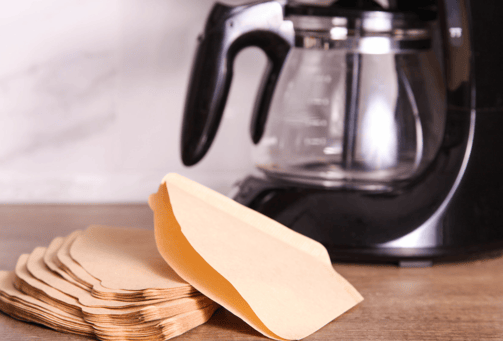

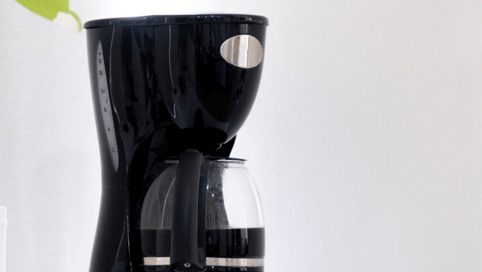


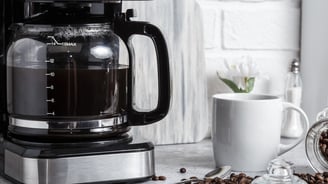


Maintenance Tips to Extend Your Coffee Maker's Lifespan
Regular maintenance of your coffee maker is crucial in ensuring longevity and optimal performance. One of the most effective ways to maintain your drip coffee maker is through proper cleaning. It is recommended to clean the machine after every use by rinsing removable parts such as the carafe, filter basket, and water reservoir. This prevents the buildup of coffee oils and residue that can affect flavor and clog the system.
In addition to daily cleaning, deep cleaning your coffee maker every month is essential. This can be achieved by running a solution of equal parts water and vinegar through the machine. The vinegar helps to dissolve mineral deposits that accumulate from regular water usage. After completing the vinegar cycle, run two to three cycles of fresh water to ensure all vinegar remnants are fully rinsed out, leaving your coffee maker ready for your next brew.
Another critical aspect of coffee maker maintenance involves checking and replacing the water filter. If your coffee maker is equipped with a water filter system, changing the filter regularly is vital. This ensures that impurities do not affect your coffee's taste, while also safeguarding the internal components of the appliance from mineral buildup. Following the manufacturer's guidelines on how often to change the filter can prevent unnecessary wear.
Furthermore, ensure that your coffee maker is stored in a clean, dry area, free from dust and moisture. Covering the machine when not in use can also be beneficial in preventing dust accumulation. Lastly, keeping the power cord undamaged and free from tangles is essential for safe operation. By following these maintenance tips, you can significantly extend the lifespan of your coffee maker, ensuring you enjoy delicious coffee for years to come.
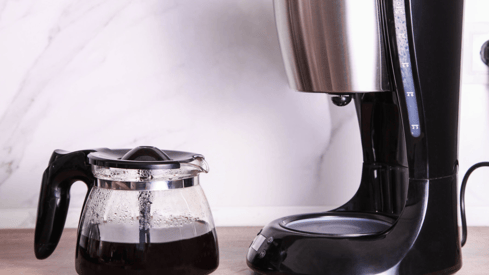

FastRepairs.ae
Reliable repair solutions for your needs.
Contact
Contact Form
contact@fastrepairs.ae
© 2024. All rights reserved.
This website is developed and managed by PranveraSolutions.
PranveraSolutions is not affiliated with fastrepairs.ae and is not responsible for any content, services, or actions of fastrepairs.ae. Any issues or legal matters should be directed to fastrepairs.ae
Hours
Monday, 9:30 am–8 pm
Tuesday, 9:30 am–8 pm
Wednesday, 9:30 am–8 pm
Thursday, 9:30 am–8 pm
Friday, 9:30 am–8 pm
Saturday, 9:30 am–7 pm
Sunday, 9:30 am–7 pm
Blog

